Camouflage by Ai Weiwei
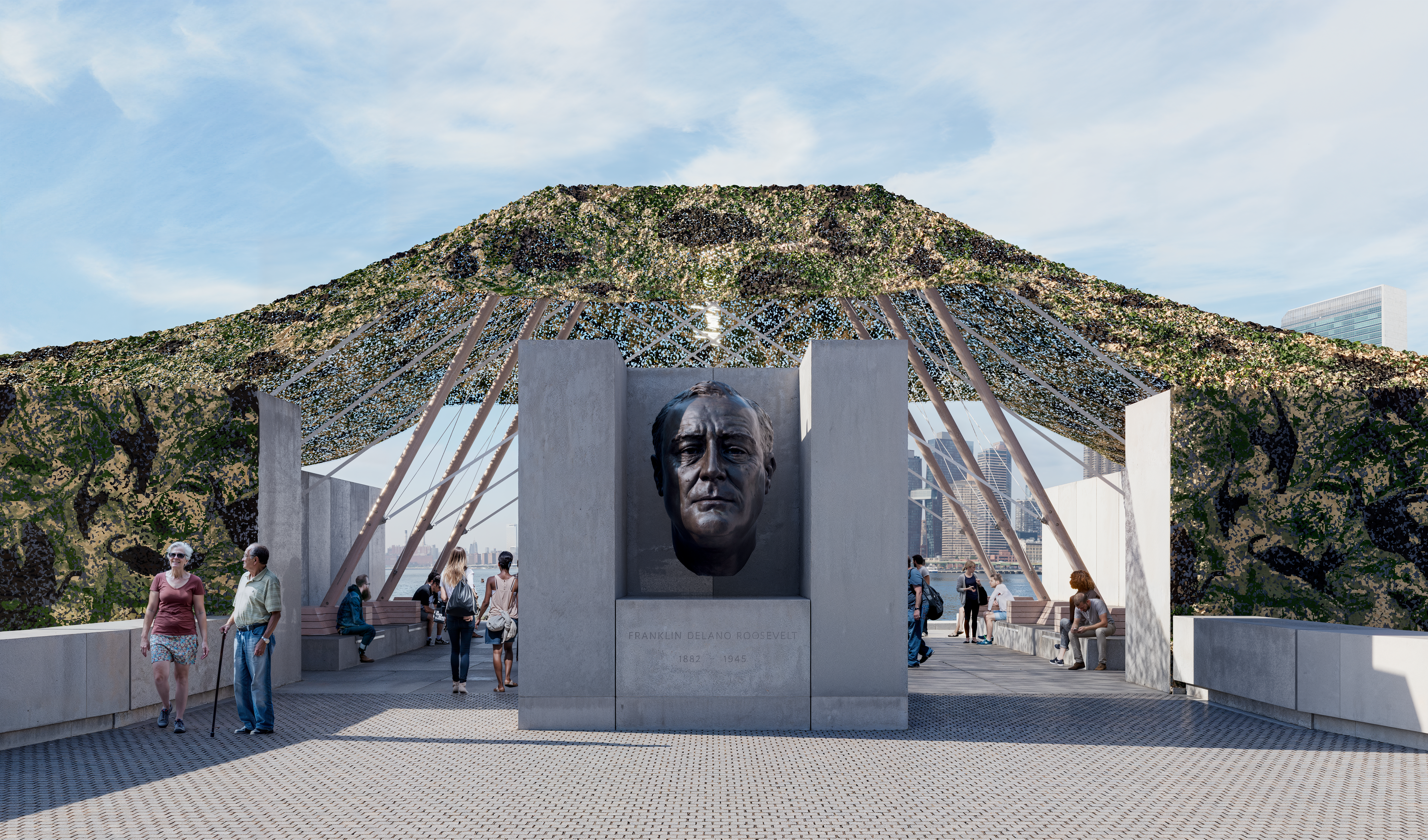
Rendering of Camouflage, Ai Weiwei (2025) by Brooklyn Digital Foundry, courtesy of Camber Studio.
For more information on the exhibition and Four Freedoms Park Conservancy, view our guide on Bloomberg Connects:
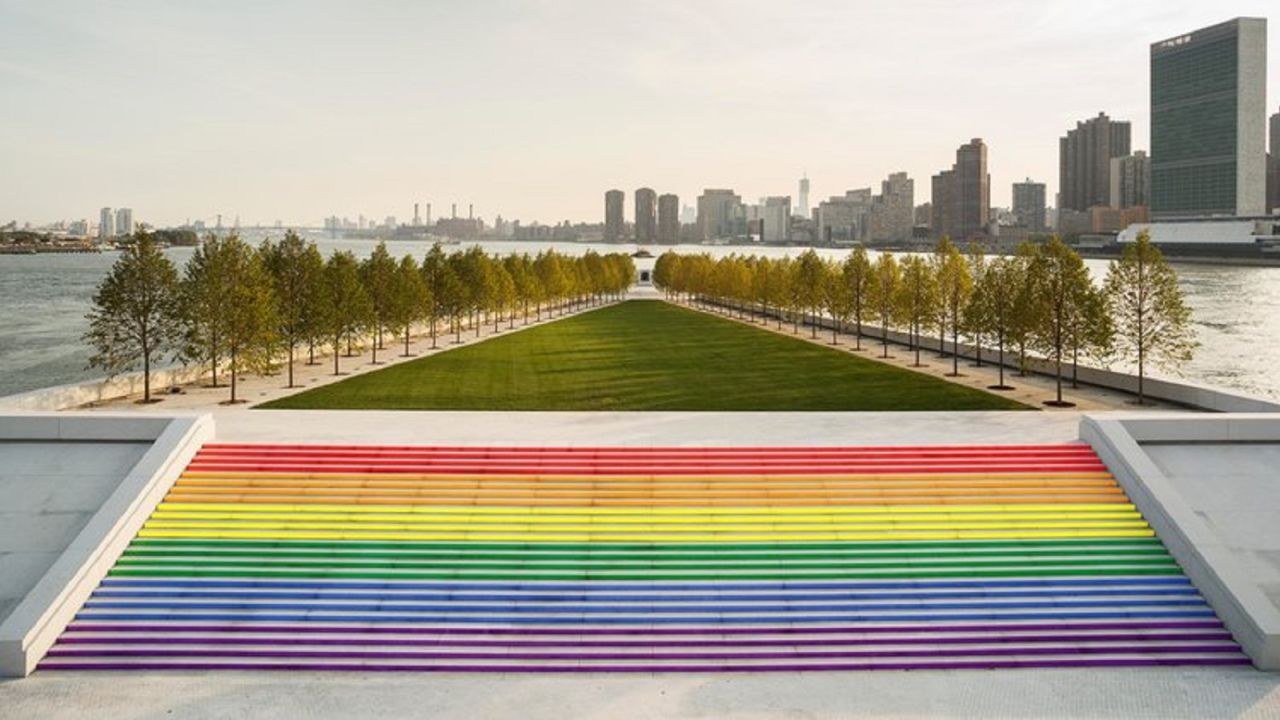
Camouflage by Ai Weiwei
On display September 10 – November 10, 2025
The pavilion is designed with the Brooklyn-based design firm Camber Studio.
Artist Statement
This project is based on and inspired by New York City’s Four Freedoms State Park, designed as a posthumous memorial by architect Louis Kahn to honor Franklin D. Roosevelt and his Four Freedoms. Situated on Roosevelt Island, in the East River between Manhattan and Brooklyn, the Park offers a striking view of Manhattan’s skyline and stands almost directly opposite the United Nations headquarters. The memorial spans a narrow passage approximately 200–300 meters long, centered around a statue of Roosevelt and his iconic speech on the Four Freedoms.
The concept of this project is rooted in the English term camouflage, defined in the Oxford Dictionary as both a means of disguise and concealment and as a tool for creating illusions to protect or to mislead. These dual meanings provide a compelling starting point. The installation employs camouflage as a central motif, covering the sides of the narrow passageway. Camouflage, ubiquitous in depictions of war—conflicts ignite and spread across various regions at the moment—has become a pervasive pattern across media and social platforms.
In this artwork, we reinterpret camouflage with cat patterns, replacing its traditional abstract designs. Cats, which have a sanctuary on Roosevelt Island, align seamlessly with the project’s message. Observations over time reveal that in the wake of human disasters—be it pandemics, wars, or environmental crises—animals, particularly those closely connected to humans, such as cats, often suffer profoundly. By incorporating cat patterns, the work reminds viewers that while human beings face crises of their own making, animals bear the brunt of these consequences, entirely innocent yet deeply affected.
The project explores the essence of Roosevelt’s four freedoms, beginning with freedom of speech—the fundamental right for everyone to express their understanding of goodness and justice, free from the influence of politics, religion, or economic power. It also reflects on freedom of religion, affirming that no one should dictate another’s faith or spiritual path. Freedom from want highlights the right to pursue one’s ideals, while freedom from fear takes center stage in our times. Today, fear pervades not only in war zones but even within so-called democratic societies, where uncertainty about the future renders freedom from fear a privilege, inaccessible to many.
The artwork uses the symbolic nature of camouflage to spark a dialogue about what needs protection and what requires the removal of disguise to reveal truth. This is a challenging question, but addressing it is essential.
Meanwhile, we install a wooden watering frame structure at the end point of the narrow passage, draped in this camouflage. From the outside, whether viewed from New York or up close, or when the audience walks under the camouflage fabric, it resembles a battlefield. But it actually forms a pavilion-like space where people can feel the harsh and absurd reality of war.
A Ukrainian proverb, “Кому війна, кому мати рідна”, hangs from the built sanctuary structure: “For some people, war is war; for others, war is the dear mother.” In plain English, it captures the idea that for some, war is a disaster, while for others, it is an opportunity for profit. Similarly, the Chinese saying “bad luck and good fortune coexist” emphasizes the intertwined nature of misfortune and luck. Upon reflection, modern wars often arise from the pursuit of profit—but whose profit, and at what cost? How many lives must be sacrificed to achieve these gains? These are the questions we must confront.
The project incorporates public participation, encouraging visitors to print their wishes on ribbons that will be attached to the camouflage netting. This participatory element fosters greater engagement and amplifies the artwork’s message. Public involvement and awareness are integral to the essence of this work.
During the exhibition, admission to the Park will require a FREE timed-entry ticket. More information to come.
Camouflage by Ai Weiwei is commissioned by Four Freedoms Park Conservancy and the pavilion is designed with Camber Studio.
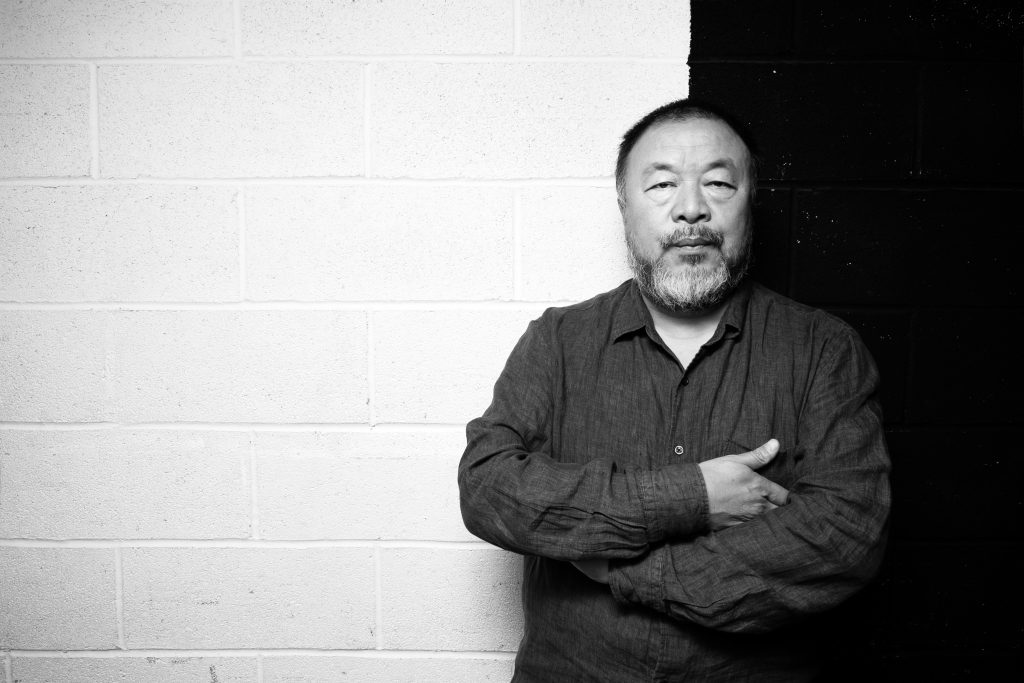
Ai Weiwei is a world‑renowned artist and activist who employs a wide range of artistic media—sculpture, film, architecture, and public performances—to spotlight social issues. After first grabbing attention in the 1990s with bold acts like smashing an ancient Han‑dynasty urn and photographing himself giving the finger to famous landmarks, he kept pushing boundaries. He honored the children lost in China’s 2008 earthquake with installations like Straight and Remembering and later highlighted the global refugee crisis through the massive artwork Law of the Journey and his documentary Human Flow (2017). Today, Ai mixes skilled craftsmanship with big ideas, turning everyday symbols such as bicycles, flowers, and trees into powerful reminders of our shared humanity. He is one of the leading cultural figures of his generation and serves as an example for free expression both in China and internationally.
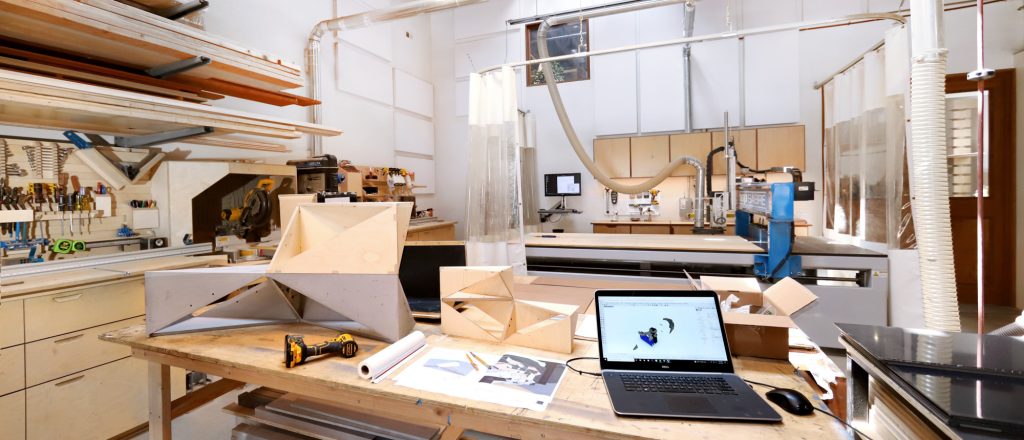
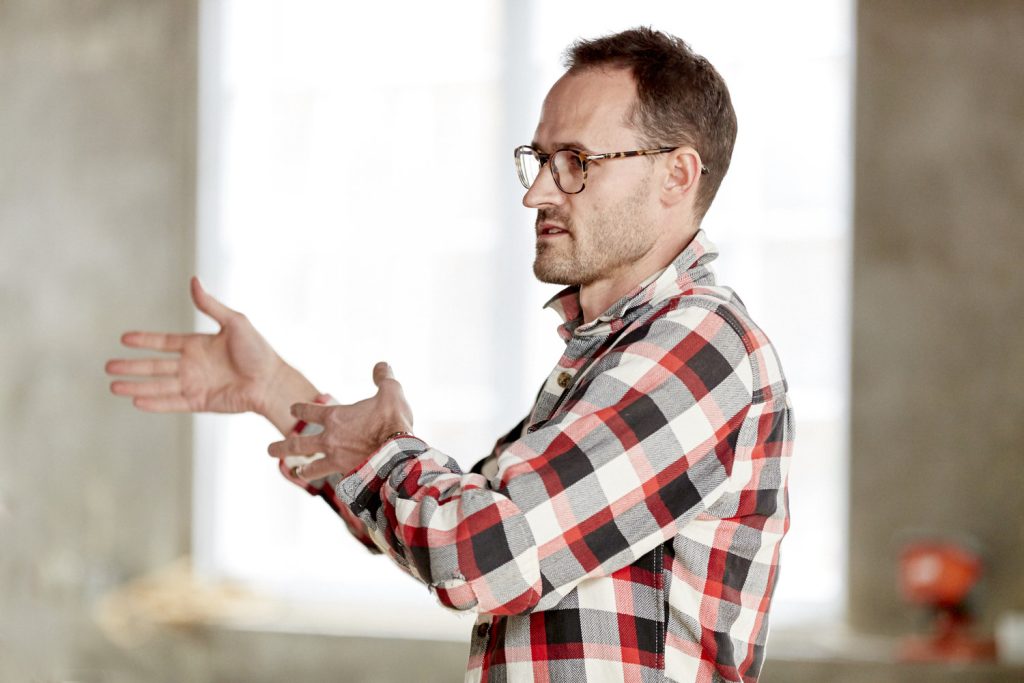
Courtesy of Camber Studio
Camber Studio is the Brooklyn-based design firm that designed the pavilion structure. Camber is an agile design and fabrication studio dedicated to the creation of highly unique works of art and architecture. With each collaboration, the studio develops bespoke tools and rigging, experiments with materials and creates new methods for communication and production. The studio was founded in 2018 by Wes Rozen and operates out of a design studio, fabrication shop and family home in Red Hook, Brooklyn. Everyone at Camber is both a talented designer and a skilled craftsperson, and cares deeply about the quality of their work and its impact on the world.
Describing the towering structure he designed to execute Ai Weiwei’s vision of a sanctuary in the “Room” Wes states: “In designing the pavilion structure for Camouflage, we found inspiration in the materiality and exact geometry of Louis Kahn’s architecture, the wit and elegance of Ai Weiwei’s artwork, and the beauty of FDR’s four freedoms. Striving to honor these three masterpieces, we carefully designed and built to support the ongoing and urgent fight for fundamental freedoms and rights.”
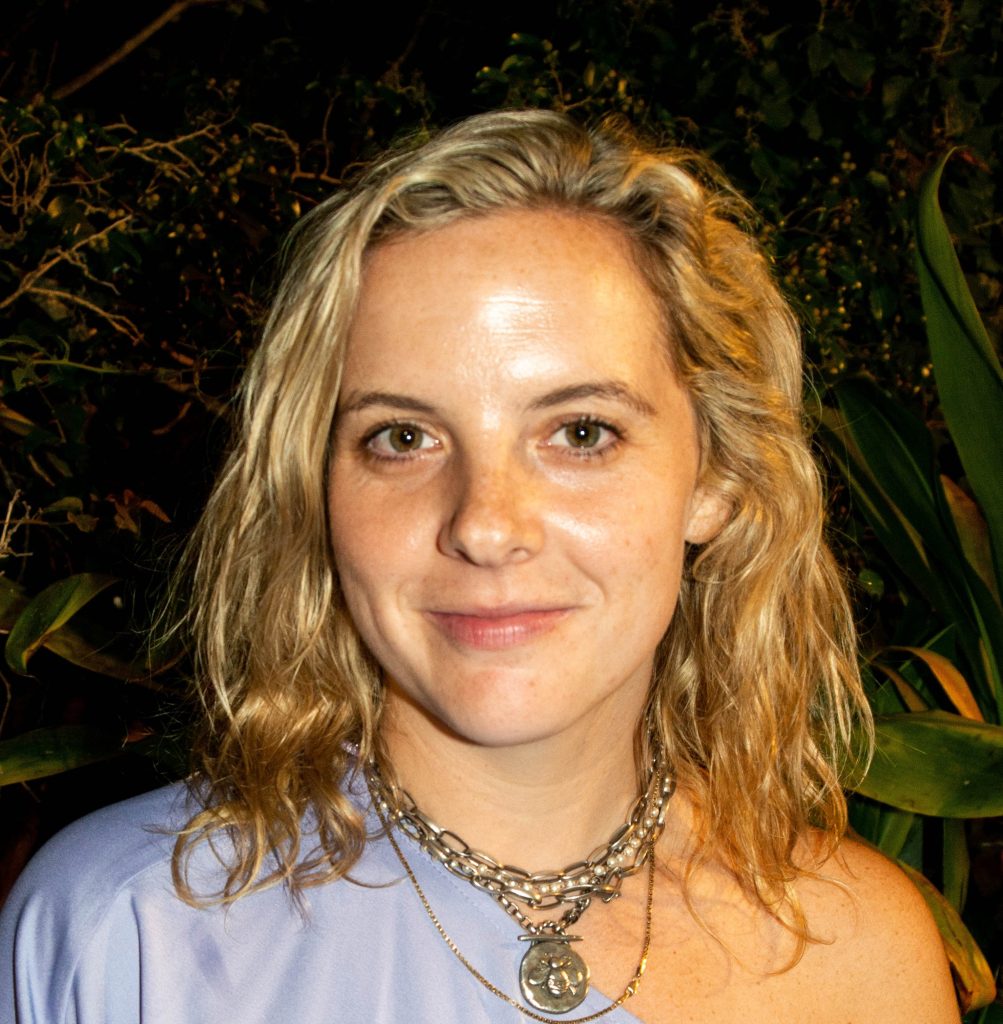
taylor brock is an independent curator and producer. For Camouflage she collaborated with the Four Freedoms Park Conservancy and the artist’s studio to shape the curatorial vision and support the realization of the installation.

What is Art X Freedom?
Art X Freedom is a new public art initiative from Four Freedoms Park Conservancy that invites artists to create site-specific installations that interrogate issues of social justice and freedom. Artists have paved the way in activism and advocacy throughout history. Art X Freedom amplifies this work by inviting contemporary artists to re-envision FDR’s freedoms for future generations by realizing major new public artworks
Public art is a mirror to our times. Art X Freedom speaks to the urgent need to protect freedom for all, including freedom of speech, expression, and the right to dissent—values that are the bedrock of democracy and justice.
Agnes Gund, Art X Freedom Co-Chair
Art X Freedom was supported with funding from the New York State Park and Trail Partnership Grants and New York’s Environmental Protection Fund. The Park and Trail Partnership Grants are administered by Parks & Trails New York, in partnership with the NYS Office of Parks, Recreation and Historic Preservation.

